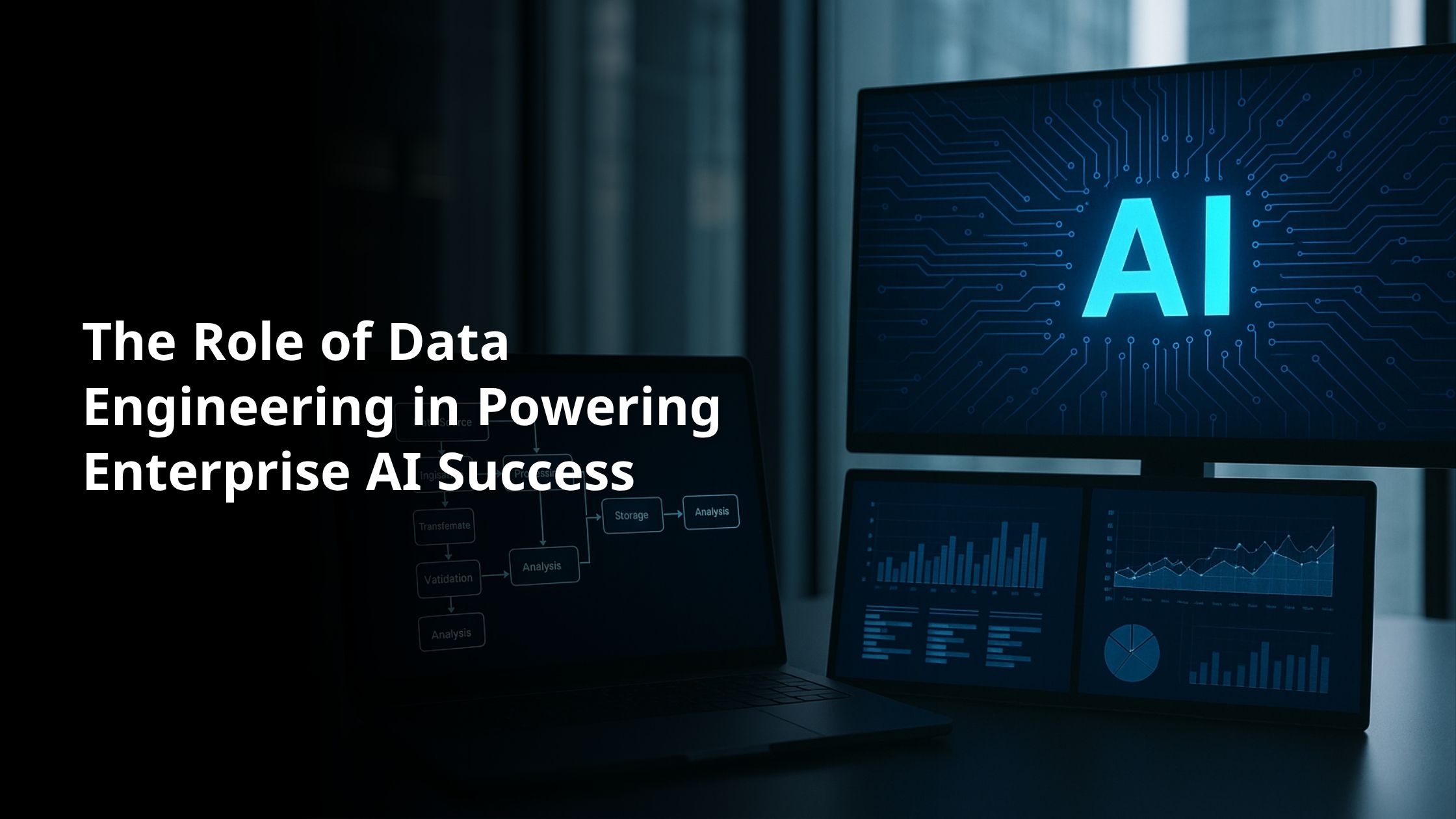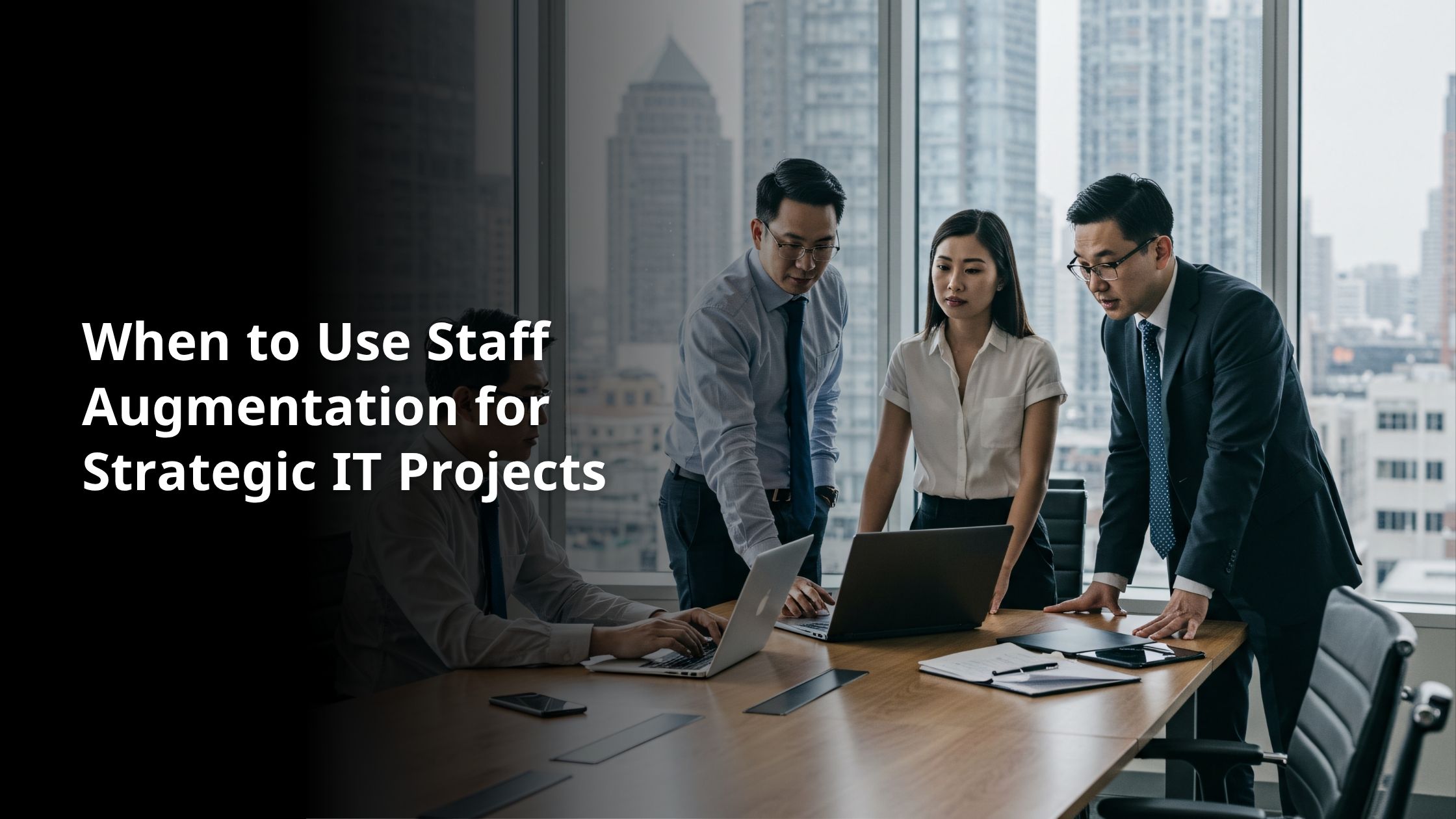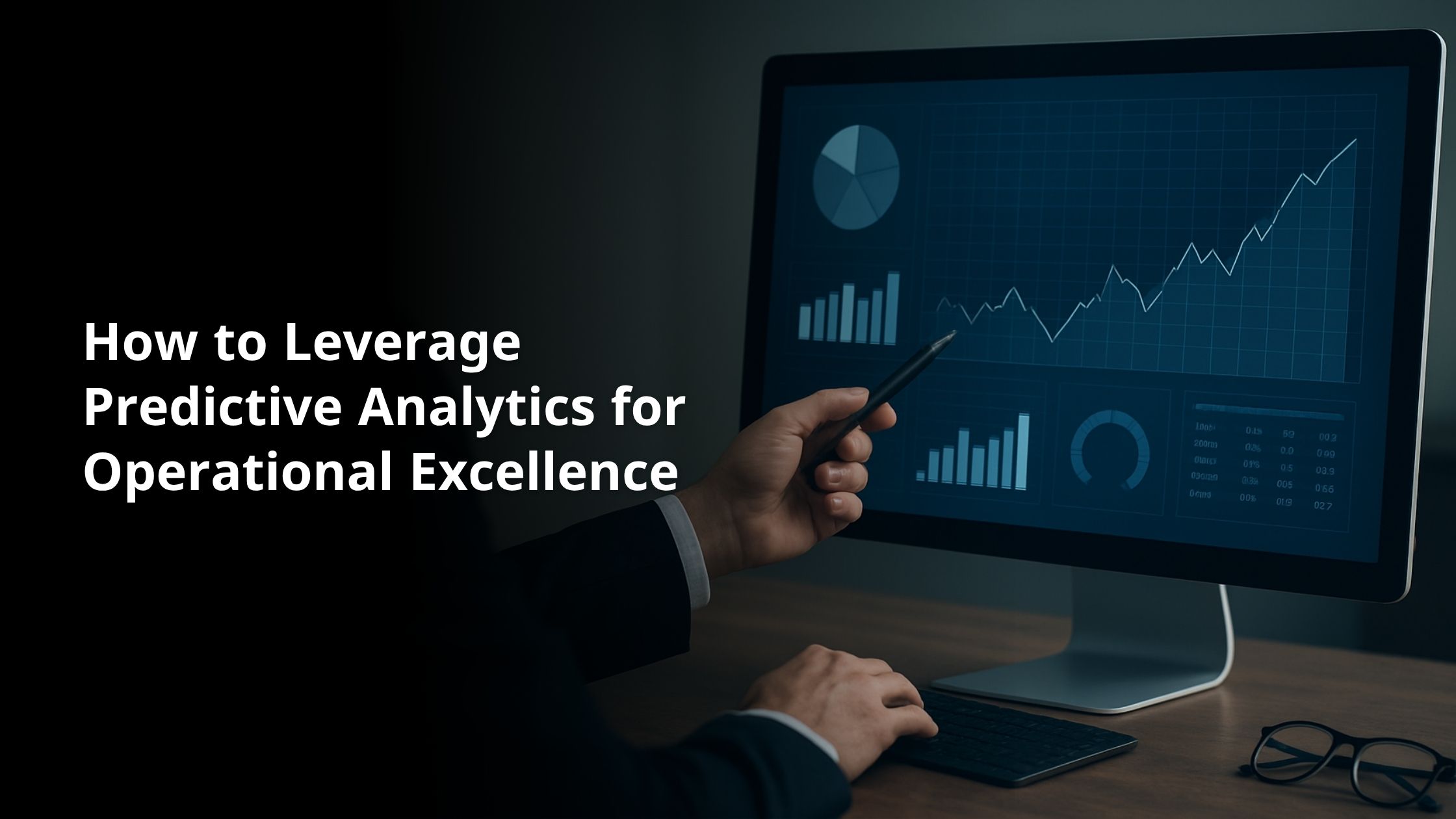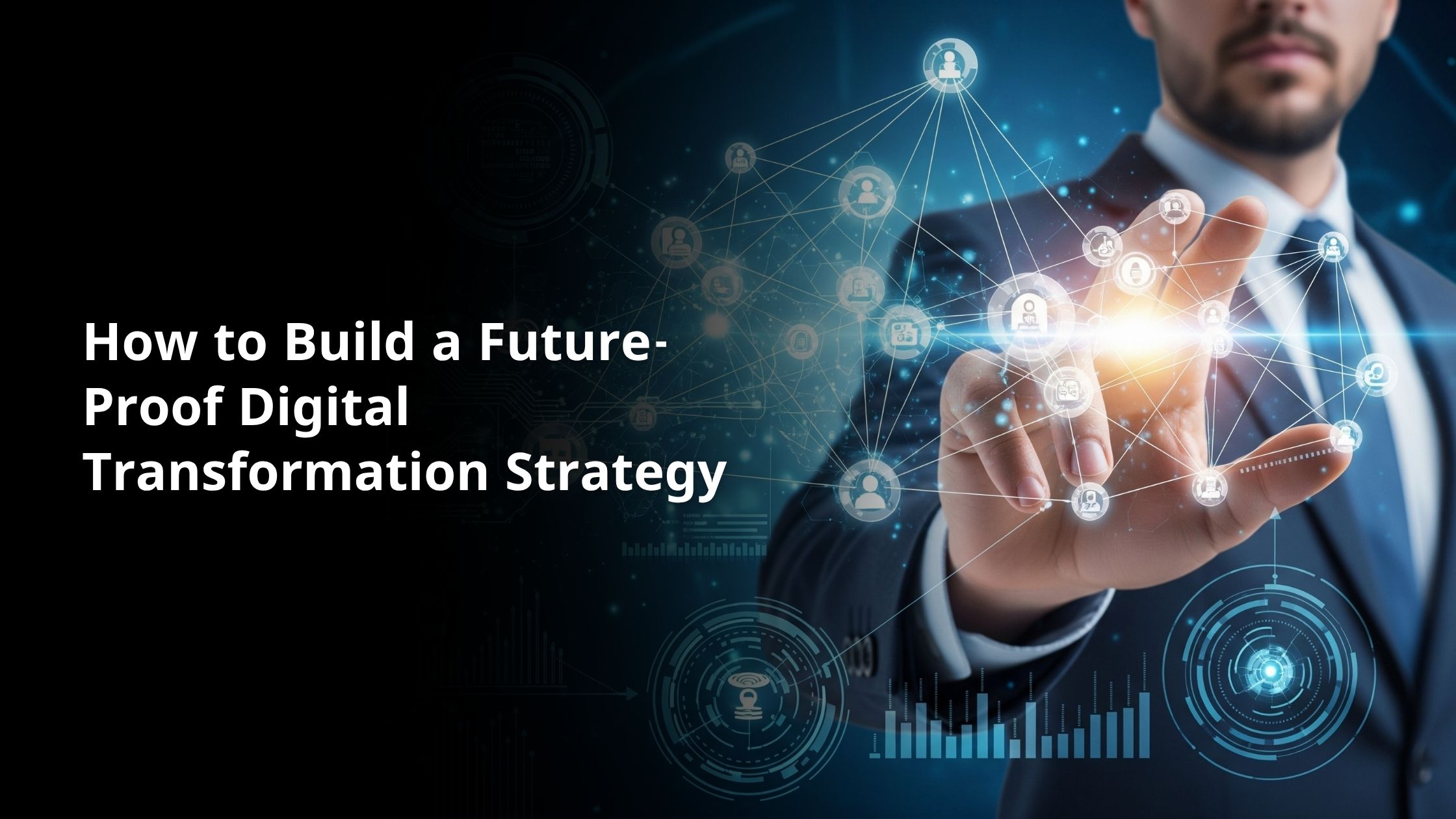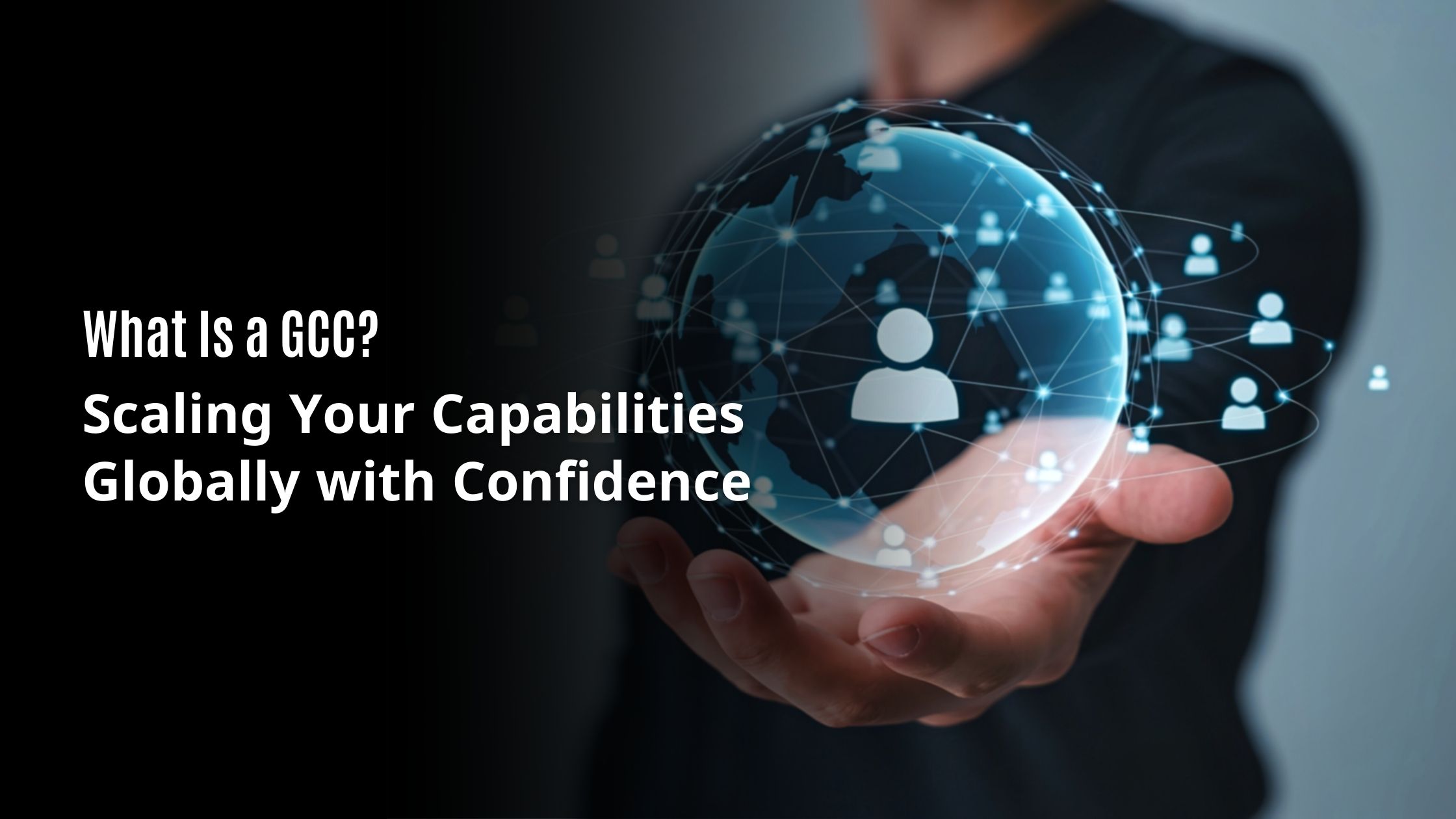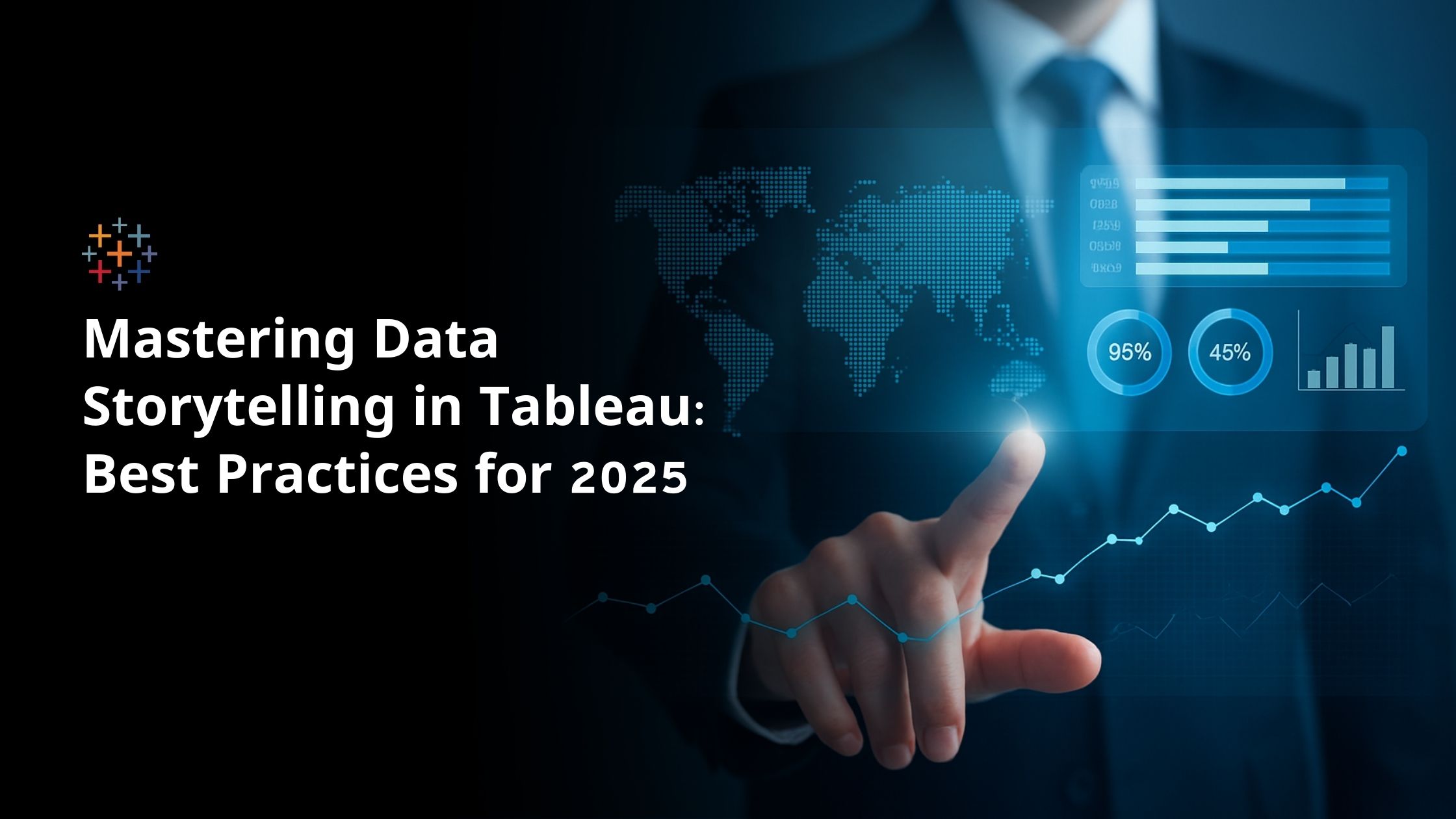The Role of Data Engineering in Powering Enterprise AI Success
Data engineering plays a fundamental yet game-changing role in driving organisational AI success by ensuring AI systems run on timely, clean, and well-organised data. With robust data engineering, enterprise AI can generate insights, automate processes, and drive innovation. As a result, the data will be handled wisely. Here, you will learn about the role of data engineering, which empowers AI readiness and helps enterprises transform raw data into strategic intelligence.
Data Engineering is The Backbone of Enterprise AI
Data engineering is the base of enterprise AI.It is responsible for developing the procedures and architecture for gathering, transforming and supplying data to AI models. Understand that the most advanced AI algorithms will not operate efficiently without the support of AI data pipelines and governance. Data engineers will be responsible for creating scalable systems. Their goal is to move vast volumes of data effectively between the source, storage, and analytics layers.
They make sure AI models always have access to reliable data by establishing frameworks that ensure punctuality, accuracy and consistency. Overall, the potential of data engineering turns unprocessed data into the energy that drives the machine learning infrastructure as a whole.
How Does Data Engineering Help in AI Adoption for Large Enterprises?
Data engineers are essential to the success of AI projects because they carefully prepare and manage data at multiple critical phases, which are all necessary for AI applications to function efficiently.
Data Acquisition
Data engineers collect information from a variety of sources, including databases, APIs, Internet of Things devices, and web scraping, as the first stage of AI-focused data engineering. They make sure that the data gathered is trustworthy, comprehensive and useful. This is such a strong foundation for AI models to produce precise forecasts.
Data Preprocessing and Cleaning
After the collection is done, the data will be cleaned and preprocessed. The process will consist of correcting mistakes if any, and if there is any false information it will also be removed and finally inconsistencies will be dealt with.
Data formats will be normalized in order to make sure of consistency and missing values will be either eliminated or imputed. If you want to improve the performance of the AI model, there is no better option than considering data preprocessing and cleaning. When it comes to preprocessing for AI models, it will consist of addressing outliers, dimensionality reduction and feature scaling so that the data will be ready for machine learning infrastructure algorithms.
Data Transformation
Data engineers at this step transform unprocessed data into a format that artificial intelligence algorithms can use. Feature engineering is the process of creating new, informative qualities from the available data, encoding categorical variables into numerical data, and aggregating data to show trends. The accuracy of AI models is directly impacted by the high-quality and pertinent input that is provided via proper data transformation.
Quick Insight
There is no doubt that businesses need quick insights. Data engineering for AI makes quick insights a reality by considering data streaming frameworks such as Flink or Apache Kafka.
Suppose a business wants to learn the pattern of customers’ behaviour and make things easy in terms of staying active in their field. Even if there is any flaw in the process, it will also be found, and you have the chance to fix it.
Integrating Diverse Data Sources
Many businesses store data in a variety of systems, including.
- Legacy databases
- Cloud apps
- IoT sensors
- ERP platforms.
The effectiveness of AI is limited to these conditions.
Data engineering unifies disparate sources into cohesive Scalable data platforms, dismantling these silos. To create a single source of truth, engineers use
ETL (Extract, Transform, Load)
ELT (Extract, Load, Transform) procedures.
This method enables AI models to examine patterns across departments. They will connect supply chain measurements with sales trends or customer feedback with product performance to produce more useful insights.
Accelerating AI-Driven Automation
Automation is made possible by data engineering, which guarantees AI constant access to current and trustworthy data. Automation depends on consistent data pipelines, from chatbots answering consumer questions to predictive systems that forecast equipment failures.
For instance, predictive maintenance systems driven by AI in manufacturing use sensor data in order to predict equipment failures. Automated risk analysis methods will evaluate real time creditworthiness. Data engineering will make sure that AI models receive timely, clean and structured data at scale that makes these use cases a reality.
Scalable and Flexible AI Infrastructure
Scalability becomes an essential component of success as businesses produce petabytes of data every day. Data engineering can make use of cloud native designs and data platforms like Snowflake and Databricks so that increasing workloads will be managed effectively.
Scalable pipelines will let businesses enhance their AI operations without any issues. Flexible data engineering will make sure of seamless scaling. On the other hand, it also maintains performance and cost effectiveness, whether onboarding data sources or training larger ML models.
Strengthening Data Security and Compliance
The two most important things in today’s digital world are data security and regulatory compliance. Strict data protection regulations, such as the following, must be followed by businesses handling sensitive data, particularly those in the government and financial sectors.
- CCPA
- GDPR
- India’s DPDP Act
Data governance frameworks that ensure audit trails, encryption, and access control are put into place by data engineers. Additionally, they use consent management systems and anonymisation approaches to guarantee ethical AI practices. If security is integrated into all data layers, businesses can reduce risks so that the clients will also be highly confident.
The Final Words
Overall, data engineering will be essential for the proper operation of industrial AI. It makes sure that the data is clean, secure and ready for use at any moment. With the appropriate data setup, AI can work faster, provide better insights and assist in easy automation. When businesses focus on strong data standards, they not only make AI smarter but also make the entire organisation more efficient, innovative, and future-ready. Get ready for an AI-driven world with Sira Consulting. We make sure you are equipped with the required knowledge and power to shine in the future.
